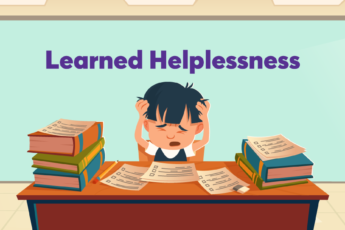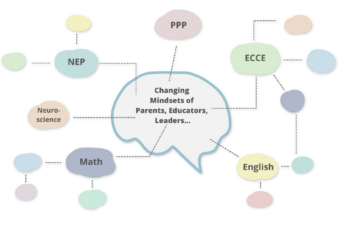The Multilingual Classroom: A Pathway To Creating Well-rounded Students
In a world that’s becoming more and more globalized, the “majority” language can no longer be the only language being spoken. An increasing number of schools are beginning to offer their students the opportunity to take lessons in a foreign language. Building familiarity in multiple languages can make students smarter, more open-minded, and even more appreciative of their own culture.
India has seen an increase in the number of courses taught in its native languages, including Hindi, Marathi, Tamil, and others. In 2021, there were 1,230 seats for study in approved engineering schools for this purpose. The Odisha School Education Programme Authority has created more than 302 textbooks and 2,500 reading materials in 21 tribal languages.
As parents and educators, we want to equip our children with the tools to succeed in life. Multilingual education is a rewarding way to build proficiency in communication and language acquisition while ensuring enjoyable and engaging learning experiences. Children who are exposed to two or more languages at an early age develop enhanced executive functioning skills and show higher levels of cognitive efficiency—and research indicates that students continue to reap these benefits throughout their post-academic careers.
NEP 2020’s Emphasis on Multilingual Education
The New Education Policy has stressed the importance of using mother tongues and local languages as the medium of instruction. It aims to make the English language learning process easier for students, and aspires to teach in local/regional languages for better learning experiences for students.
NEP 2020 provides students with access to study Sanskrit and other classical languages at all school and higher education levels. All children, however, will have a choice to select the one additional language that they wish to study. Students in Grade 6-8 will be able to participate in a language project, such as an activity about one of the languages of India, under the ‘Ek Bharat Shrestha Bharat’ initiative. At the secondary level, several foreign languages will be offered. An effort will be made to standardize Indian Sign Language (ISL) throughout the country.
Here’s how a multilingual classroom makes children smarter:
📍 Builds Empathy among Children
Multilingual classrooms are more likely to produce students who appreciate different cultures and languages. It is vital that we foster empathy in our children, which multilingual classrooms do better than single-language classrooms. Teaching different languages helps them understand the importance of accepting the differences of one another.
Moreover, when children understand the value of being inclusive of other people’s differences, they learn to be better citizens. As a result, they will be able to respect the rights of others more efficiently and exercise more tolerance towards people who are different from themselves.
📍 Develops Cognitive Skills
Language is not just a matter of communication. A solid foreign language curriculum provides students with opportunities to explore their own world-view through the lens of another culture. This way establishes a foundation for genuine cross-cultural understanding and communication. Early exposure to a foreign language provides children with an opportunity to develop what some scholars call a “language instinct,” giving them a foundation for communicating and interacting with people from around the world.
📍 Positive Effect on Academic Performance
Multilingualism in the classroom fosters positive effects on the academic performance of their students. A class with diverse languages allows for increased collaborations and interactions between its members. Students who speak multiple languages are better equipped to solve problems and engage in critical thinking. This is because they have learned how to view things from different perspectives, which helps them analyze situations more accurately and develop sound solutions for problems.
At Square Panda India, we believe that in a multilingual country like India, children and educators need to be well-versed in more than one language to properly succeed in the future. Our initiative ‘Aarambh’ immerses educators, Anganwadi workers, and children in a multitude of local languages, and aims to greatly impact India’s early learning landscape. Learn more: ecce.squarepanda.in




Leave a Comment